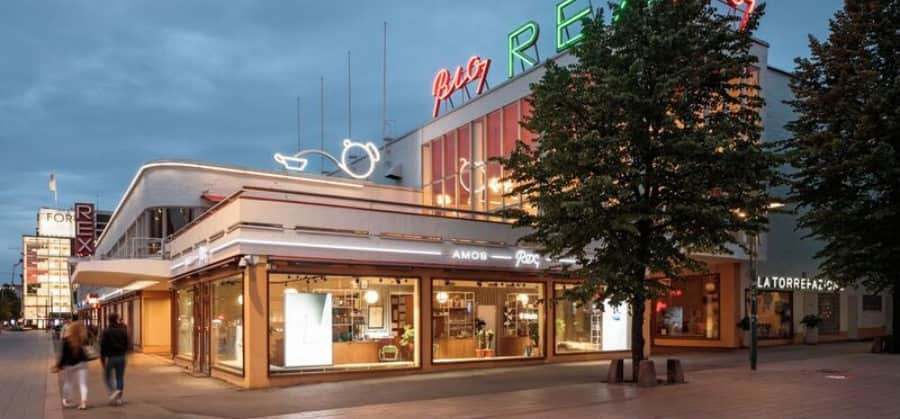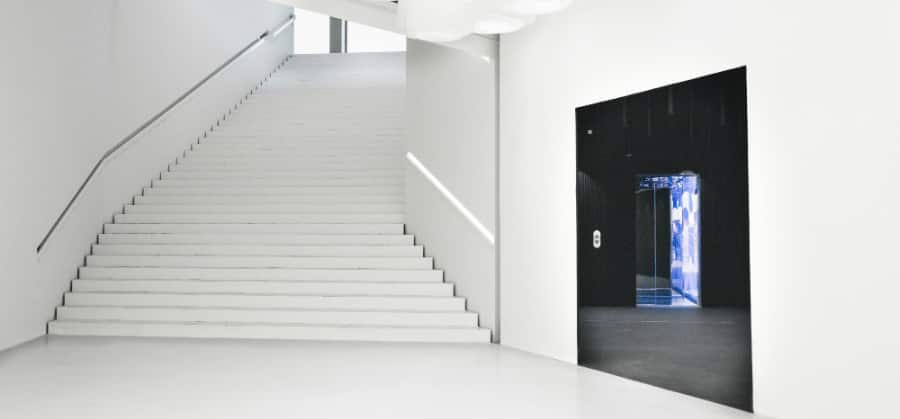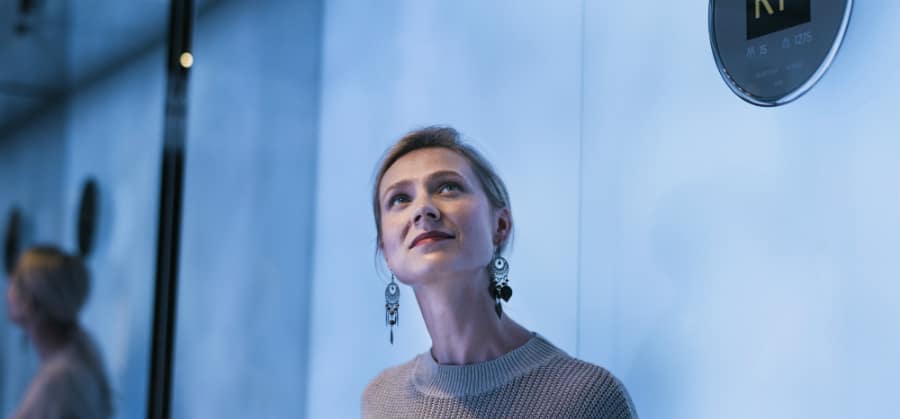-
Australia
Copyright © 2025 Powered by BCI Media Group Pty Ltd
Confirm Submission
Are you sure want to adding all Products to your Library?
Contact Detail

When KONE was asked to create elevators to the architect’s vision in Helsinki’s new Amos Rex art museum, the challenge was to make 21st Century technology blend in with the 1930s aesthetics of this heritage building.
In 1936 the residents of Helsinki, Finland, were wowed by a new building in the heart of the city. Dubbed Lasipalatsi, Finnish for “glass palace”, the clean, minimalist structure has hosted restaurants, exhibition halls, offices of the public broadcaster, and the 550-seat Bio Rex theatre, known for showing art films.
Eighty years later, the old gem needed a refit to save its historic charm and make it relevant for the 21st Century. Following thorough restoration and vast underground expansion, it is now the home of Amos Rex, a private art museum that has been integrated seamlessly into the restored old building, including the reopened Bio Rex cinema and event venue. The restoration brought back the original colors, designs and materials of the interior that had been lost in previous renovations over the years, and a new, subterranean space was built under Lasipalatsi to house the museum. KONE was asked to supply exceptional elevators to this exceptional environment.
“It is a unique building,” says Timo Tiainen, concepts and design director at KONE. “The architecture is a combination of old and new construction. The elevators are part of the architecture and the visual image of the building, so they are designed to fit into that environment.”

Art and function
The chief architect of the project, Asmo Jaaksi of JKMM, says he wanted a structure that fit into the thriving cultural and artistic life of Helsinki, yet maintained its own identity.
“My inspiration was to make something great for the people of Helsinki, my hometown,” Jaaksi says. “The site is very special due to its history and position in the middle of the city.”
Amos Rex has a functionalist background, and this continues with its new life as an art museum. Not only is it a building that serves visitors and the neighboring community, it is also a work of art.
“The flowing roof structures are sculptures,” Jaaksi explains. “The ceiling of the main lobby is part of the architecture, but it is also a work of art made of light.”

Adaptable light and sound
Amos Rex is not a static building but a home of art, digital exhibitions and events. The building also extends to the square outside it, which has been transformed from a former bus station into a thriving city space that attracts residents and visitors alike. The venue needed elevators designed to complement and serve the multiple uses and users of the environment that changes with each exhibition and event.
“The elevators themselves are adaptable,” Tiainen explains. “The walls of the elevators display programmable lights and animations, which are also integrated with speakers to add an auditory element.”
Tiainen says that making an elevator fit into the architecture of a building is easier than making it match what is happening inside the building and the way people flow through it. Thanks to new technology, the themes and mood of the experience elevators at Amos Rex can be changed during the building’s life cycle.
“Many different people come to Amos Rex,” Tiainen says. “People come to eat at the restaurants, to see a movie, to go to a company meeting or to attend an art exhibition. The elevators need to be versatile and accessible for everyone. First, we start with the foundation of safety, comfort and utility. Then we think about how we can contribute to the experience and bring joy to people.”

The people flow experience
Jaaksi points out that architecture is not a still image. To use and enjoy a building you must move through it.
“You approach the building and then enter the lobby. Next, you take a vertical journey in an elevator, a very important moment. An elevator is part of the architecture, but riding it is an experience,” says Jaaksi. “The original building was futuristic and forward-looking when it was built, and we wanted this new extension to have the same feeling. This elevator is an integral part of that.”
KONE learned many valuable lessons on making people flow an experience from creating Amos Rex’s bespoke elevators.
“Riding in an elevator is so different when you design the journey, not the product,” Tiainen concludes. “I hope people will later say: ‘Oh, yes. I remember riding in that elevator!”



